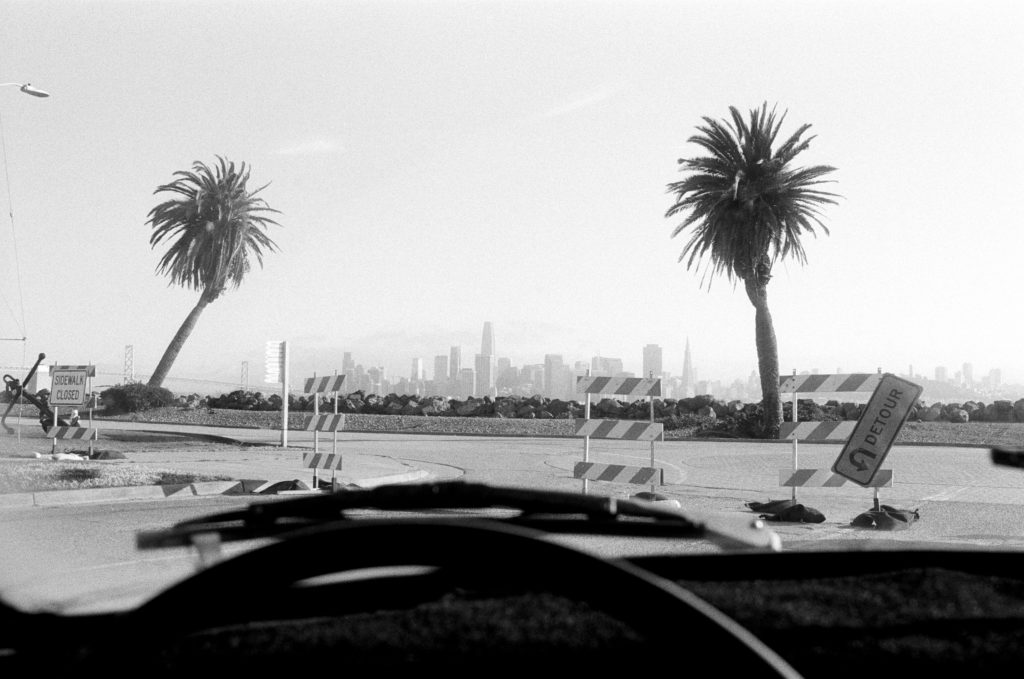By Mirjam Washuus
As of April 2019, over 1,800 San Franciscans were living in their vehicles. This is an increase of almost 600 people (49 %) since 2017 and simultaneously an undercount according to the point-in-time count itself. That is nearly 2,000 people sleeping, eating, fighting illnesses, helping neighbors, raising children, going to work and school from inside a tin box with very limited, if any, access to water and electricity. So, they are dependent on its community (both City and neighbors) to provide support as in any other community.
In the Ingleside neighborhood, this support is currently being embodied by way of the upcoming “vehicle triage center,” the first resource created for people living in vehicles. The center will have 30 available parking spots until a number of low income units will be built at the location in less than a year. This is a small step in a different direction than has been seen before now, as the support from the City has mainly consisted of parking restrictions, citations and repeated towing of people’s vehicular home.
These approaches are thoroughly problematic as they merely pose as extra challenges for people in vehicles to cope with. Fines and towing fees of people’s vehicular homes are disproportionate, leaving people with nothing and looping them into a downwards spiral – and sometimes eventually into the streets.

by Deana Collins
Many vehicularly housed residents report that they are not being notified about citations and that their vehicles/homes are often towed unwarranted. One woman had her vehicle taken during a period of time when her mother was sick in the hospital. Another man had his trailer destroyed by the Department of Public Works, while his belongings were “bagged and tagged” and thrown into a trash compactor. Several of the surrounding neighbors were present to confirm that the belongings were in fact his, and even when he showed up to claim it, the “cleaning” continued.
Farther down the road from where the trash compactor passed by a family resides in their RV: a young single mother who fled domestic violence with her two children and sought shelter in their RV. She told us about how challenging it has been to get help from the system; how much she fights to secure housing for her family, while working and maintaining a stable life for her children, who, despite the challenge of not having stable housing, loves school and earns all A’s.
This neighborhood of RVs, cars and trailers radiates feelings of a community fighting to stay afloat in an environment, where its people are being demonized and suppressed. People sleeping, eating, fighting illnesses, helping neighbors, raising children, going to work and school from inside a tin box – in a city where 33,000 housing units lie vacant, according to the 2015 American Community Survey.

